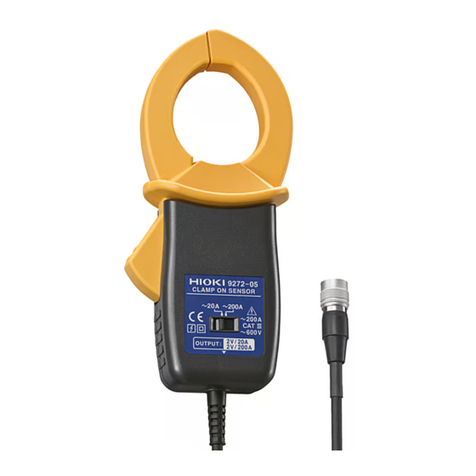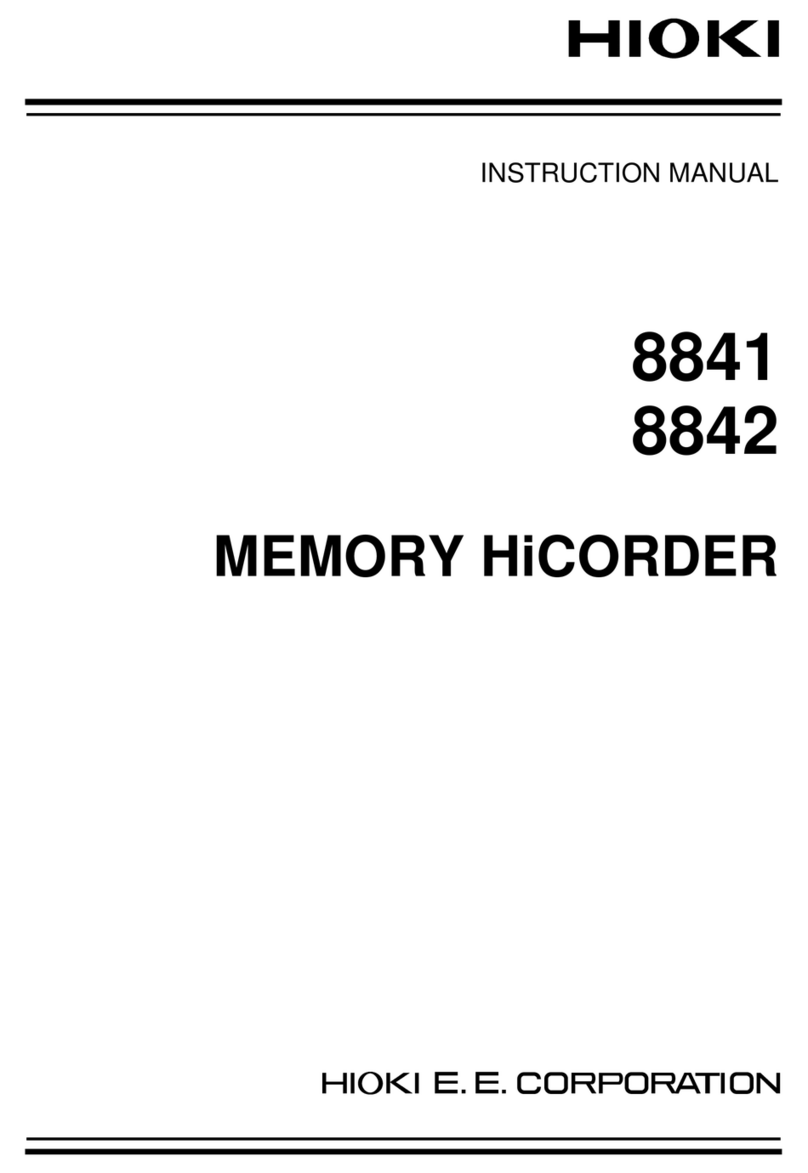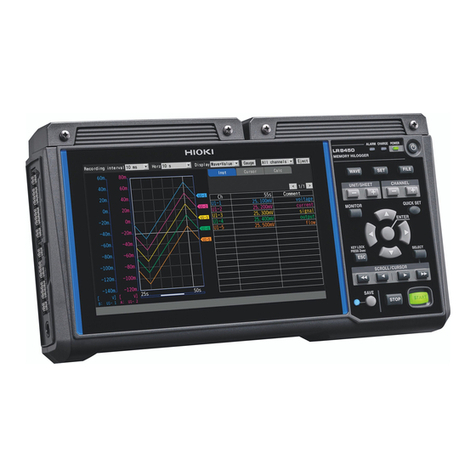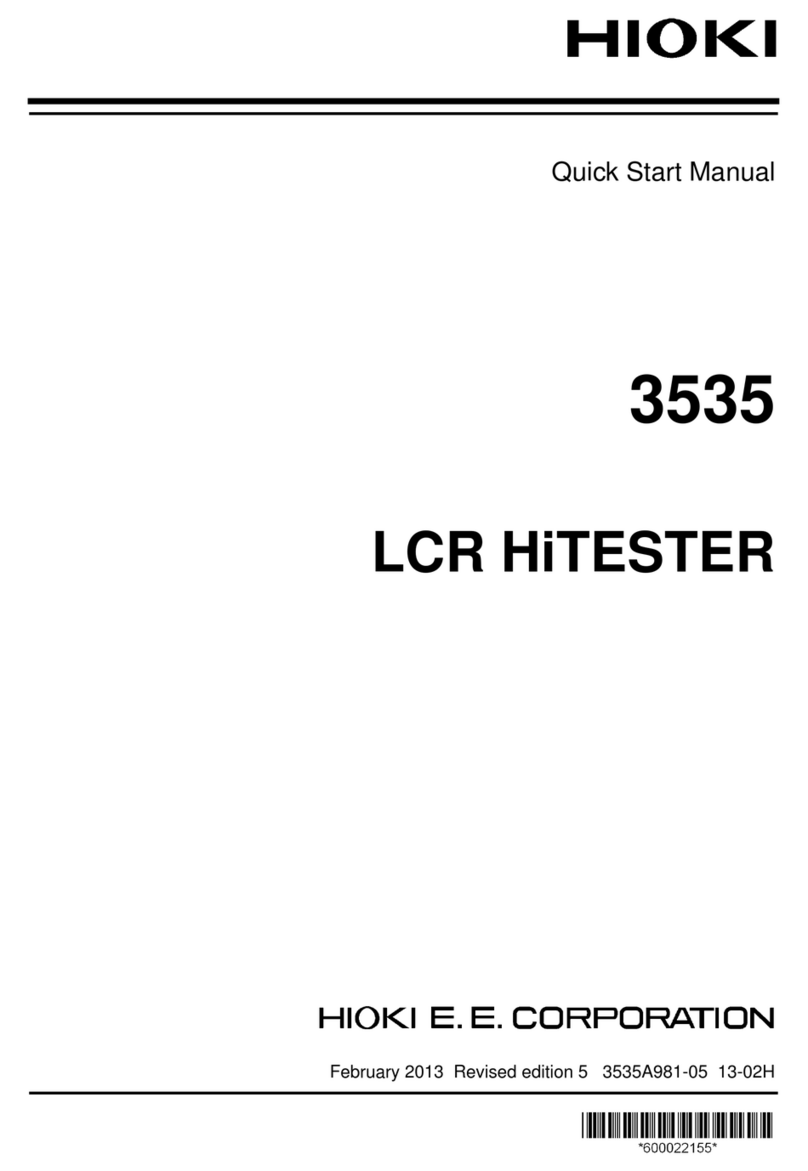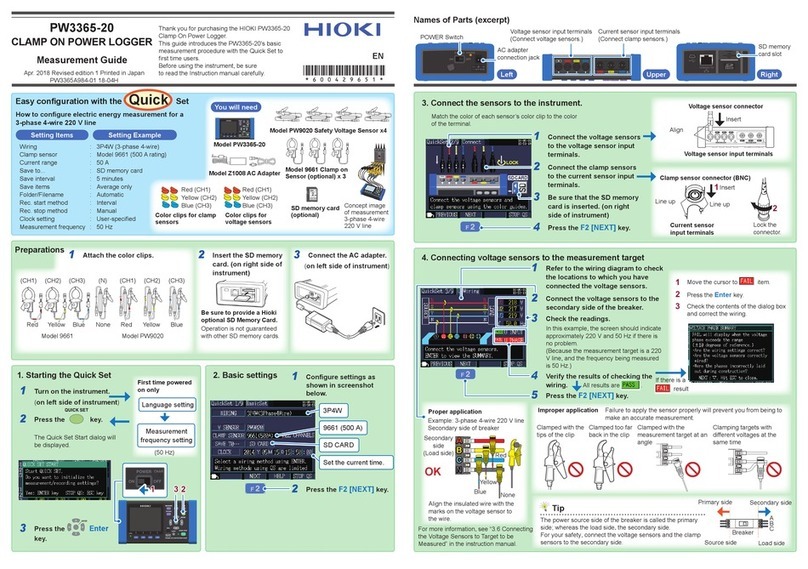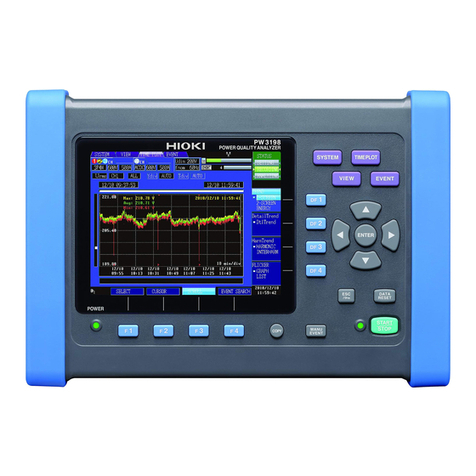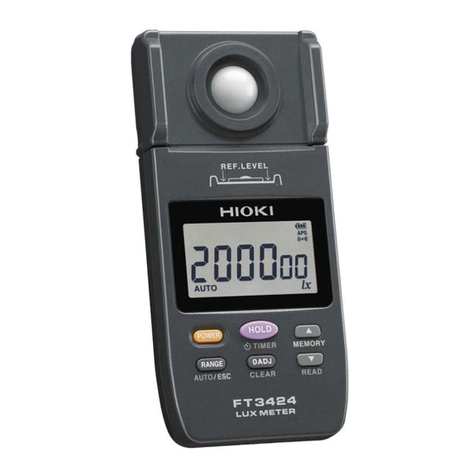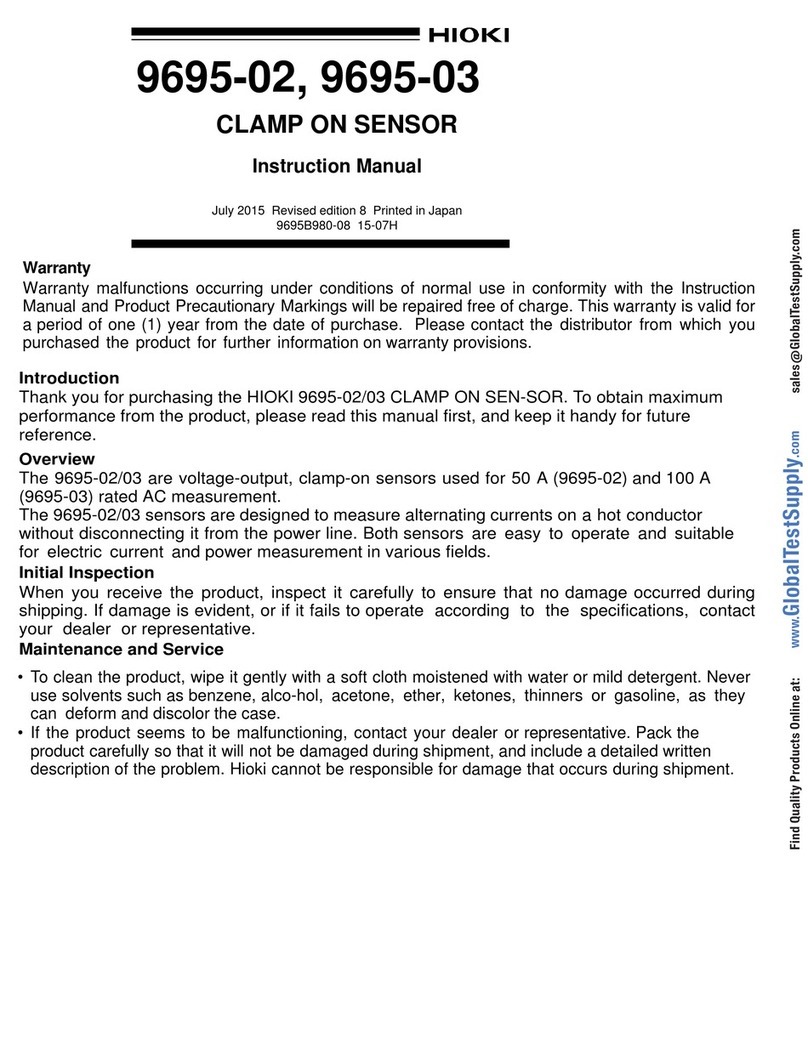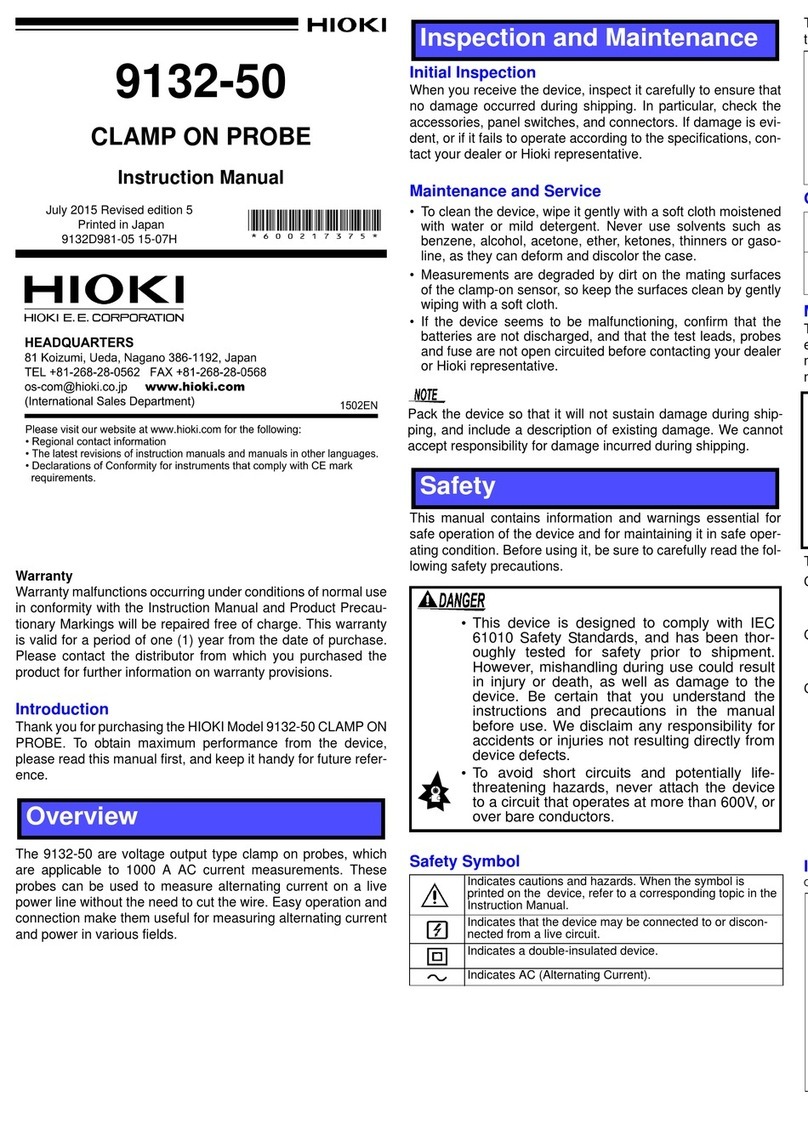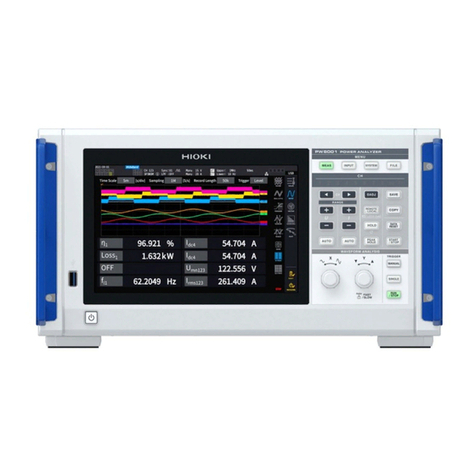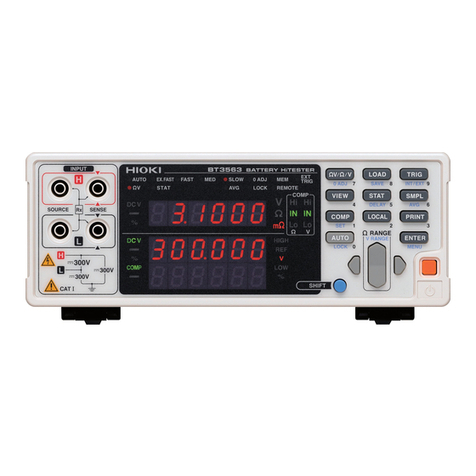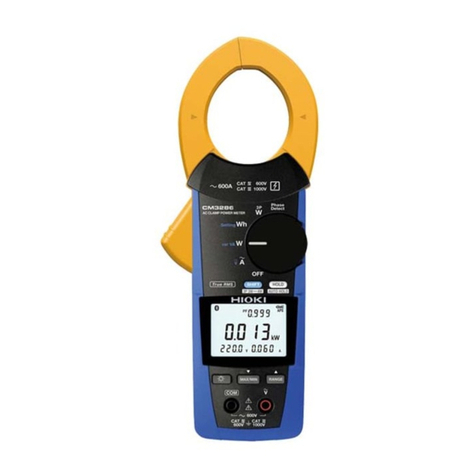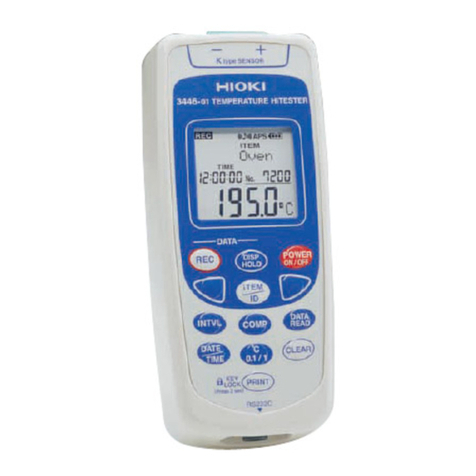
c
7. GP-IB Interface
7.1 Overview·····································································································66
7.2 Specification································································································66
7.3 Talker Function ···························································································67
7.4 Response to Query Program Message ························································ 68
7.5 Listener Function························································································· 69
7.6 Device Clear Function ················································································· 70
7.7 Device Trigger Function ··············································································70
7.8 Remote and Local Functions ······································································· 71
7.9 Program Messages······················································································75
7.9.1 List of program messages·········································································75
7.10 Precautions for Listener Specification························································88
7.10.1 Input buffer size······················································································88
7.10.2 Input command message execute and message accept··························88
7.10.3 Command parameter trouble ··································································88
7.10.4 Limit on command message execute ······················································ 88
7.10.5 Output buffer readout ············································································· 88
7.11 Status Byte and Events ·············································································89
7.12 Status Data ·······························································································90
7.13 Status Byte Register··················································································91
7.14 Using Program Message ···········································································93
7.15 Standard Event Status Register·································································96
7.16 Error Register····························································································98
7.17 Device Event Status Register ·································································· 100
7.18 Initialization Value by *RST Message ······················································ 102
8. RS-232 Interface
8.1 Overview··································································································· 104
8.2 Connector Used and Signal Names··························································· 104
8.3 Changeover to GP-IB ················································································ 104
8.4 Connecting Control Signals and Flow Control············································104
8.5 Transmission Data Specification································································ 105
8.6 Reception Data Specification····································································· 106
8.7 Status Byte and Events ············································································· 106
9. External Interface
9.1 Handler Interface······················································································· 107
9.1.1 Handler Interface···················································································· 107
9.1.2 Signal functions······················································································ 108
9.1.3 Electrical characteristics of signals ························································· 110
9.2 External Trigger Terminal·········································································· 112
9.2.1 Connector······························································································· 112
9.2.2 Electrical characteristics········································································· 112
9.3 Interlock Terminal······················································································ 113
9.3.1 Connector······························································································· 113
9.3.2 Electrical characteristics········································································· 113
